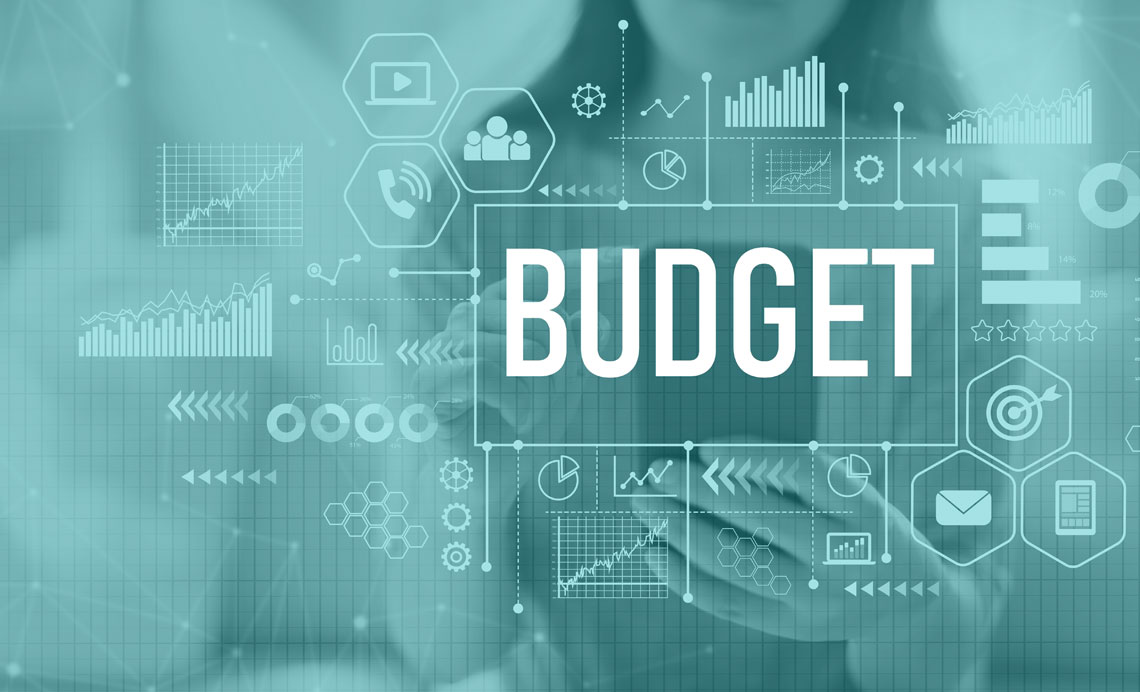Fixed assets are your nonprofit organization’s tangible assets. These are typically purchased to generate income or for long-term use in your operations. Fixed assets usually comprise a significant part of an organization’s balance sheet, including items like equipment, furniture, computers, machinery, vehicles, tools, and real estate.
Because your fixed assets can significantly impact your balance sheet, it’s essential to ensure you have a solid fixed asset review process. For many nonprofit organizations, this process can be improved with the right accounting software, like MIP Accounting®.
Maintaining a Current Fixed Asset Listing
To ensure accurate financial statement reporting, tax planning purposes, and cash flow and budgeting projections, it’s essential to maintain a current fixed asset listing.
Your organization’s accounting department should adhere to these best practices to maintain an effective and efficient fixed asset listing.
- Establish a maintenance schedule. Although some asset purchases don’t need to be recorded as fixed assets, it is still beneficial to track purchased items and their associated acquisition dates. This allows for keeping up with required maintenance and identifying a replacement timeline.
- Create a capitalization policy. With a capitalization policy, your nonprofit organization will establish a dollar threshold to determine which items are expensed as incurred and which expenditures are capitalized as fixed assets. Capitalization policies should be maintained and written with other accounting policies.
- Regularly review your fixed asset listing. Similar to your business metrics, goals, and key performance indicators, you should periodically review your fixed asset listing. The best practice is to update and verify your listing at set intervals.
- Train staff. Properly training your staff is always a wise investment. Members of your finance and accounting teams should be trained to develop the essential knowledge and skills needed for fixed asset tracking. Training will also ensure that your staff consistently follows your internal policies. You may want to train staff as soon as they’re hired and provide annual training throughout employment.
- Use fixed asset software. With fixed asset software, you can manage your fixed asset listing in-house. Organizations with multiple fixed assets or assets in different locations can benefit significantly from investing in fixed asset software. You track your assets, reduce errors, and budget for future acquisitions.
Increase Cash Flow and Maximize Tax Depreciation Deductions
One benefit of improving your fixed asset review process is an increase in your organization’s cash flow and the ability to maximize tax depreciation deductions.
Keeping up with frequently changing tax rules can be challenging and affect asset depreciation methods. With an efficient fixed asset review process, you can uncover missed depreciation deductions, capture these, and account for them in your current tax return filing. Additionally, your organization can clean up its fixed asset ledger and mitigate audit risks by implementing or improving a fixed asset review.
At Momentive, our software can handle the tax compliance requirements for your nonprofit organization. When you choose our system, MIP Accounting, you can increase your organization’s cash flow and maximize tax depreciation deductions.
Uncover Tax Benefits
Typically, organizations with extensive fixed assets spend a significant amount of time and effort on collecting, reconciling, validating, and reporting these assets, as well as the related depreciation data. If your organization lacks an effective process for reviewing fixed assets, this can lead to improper tax treatment of your assets, increased costs, lost tax savings, and potential compliance issues. With a fixed asset review, you can uncover the following tax benefits:
- Improved cash flow
- Permanent tax savings
- Sales and property tax savings
- Enhanced monetization of assets
- Income tax deferral via accelerated deductions
- Increased utilization of incentives and available credits
- Improved capitalization procedures and documentation
Why Fixed Asset Software Is Useful
Since your organization utilizes fixed assets over the long term, you need a method to manage them effectively. This is where fixed asset software comes in.
You can use barcode technology to manage assets used off-premises, such as machinery, equipment, and employee laptops. With the features offered by fixed asset software today, you can track maintenance schedules, depreciation, the asset’s current condition, and the asset’s location. Fixed asset software also handles standard depreciation calculation with common depreciation methods, and your nonprofit organization can select the depreciation method best suited to the kind of assets you currently own. Additional reasons fixed asset software may be helpful in your organization are:
- Enhanced tracking: Though many of your nonprofit organization’s assets may be stationary, you may need to track assets like tools, heavy equipment, and laptops that are used outside the workplace. With fixed asset software, you can track asset usage, condition, and location. Some software options also offer maintenance schedules for assets that require them.
- Improved organization: When all your organization’s asset data is stored in one software application, you eliminate the need to use several spreadsheets for tracking all your assets.
- More accurate reporting: With fixed asset software, you can manage your nonprofit organization’s assets along with your other accounting tasks. This means you can reduce data entry and the risk for errors, which leads to more accurate reporting.
When selecting a fixed asset software vendor, consider the features and functions they offer. You may want features such as deployment methods, multiple depreciation methods, multiple book support, and integration capabilities. Both your organization and your accounting firm can effectively manage fixed assets using this software.
You can utilize accounting software to track fixed assets. Our solution offers the features and functions you need, as our system was designed specifically for nonprofit organizations like yours.
Along with researching each product, try out the software before purchasing by taking advantage of a demo or free trial, which can give you a better idea of what the software can do and how comfortable you will be using it.




